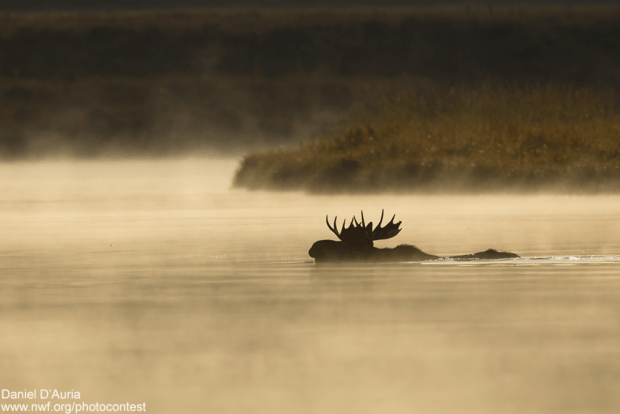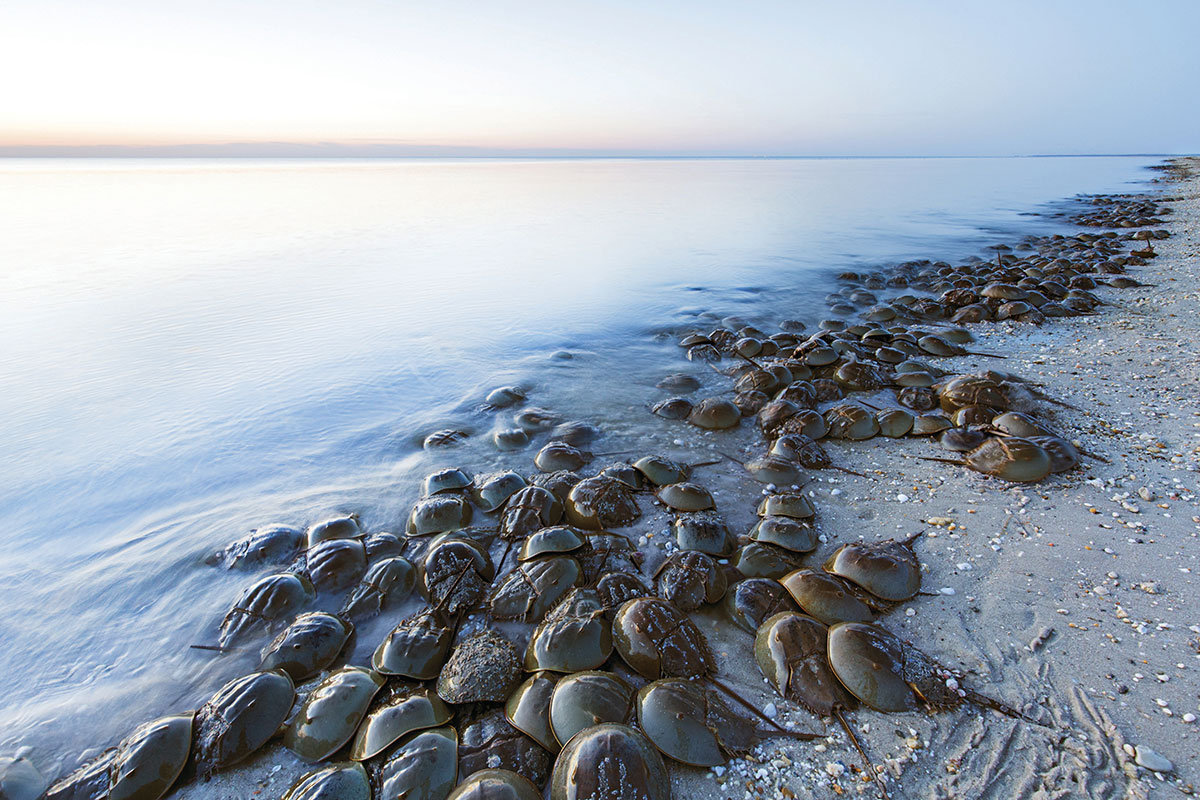The path to clean, wildlife-friendly energy continues to be open wide. Instead of derailing the Clean Power Plan – the first ever restrictions on harmful carbon pollution from power plants – a futile Senate vote fell far short of the numbers needed to override a guaranteed Presidential veto.
With renewable energy sources like solar and wind growing at unprecedented rates, and coal use falling precipitously, three Republicans – Senator Kelly Ayotte of New Hampshire, Senator Susan Collins of Maine and Senator Mark Kirk of Illinois – joined the vast majority of Democrats in voting to uphold the sensible, flexible guidelines states must follow to clean up their power sectors. We thank these Senators for supporting wildlife and clean energy.

Protecting Wildlife from the Impacts of Carbon Pollution
In response to the vote in the Senate, the National Wildlife Federation’s President and CEO Collin O’Mara talked about the importance of the plan to wildlife:
Wildlife across America face the consequences of unchecked carbon pollution through historic forest fires, droughts, warming waters, invasive species, disease, and extreme weather. The Clean Power Plan gives states a common-sense blueprint to clean up this pollution, while catalyzing innovation that will strengthen local economies through the manufacturing and deployment of clean energy sources. Poll after poll shows strong majorities of Americans, including hunters and anglers, support reducing industrial carbon pollution and want the Clean Power Plan to move forward.
Despite the obstinacy of some in Congress to undermine efforts to clean up pollution that harms people and wildlife, many states are already well on their way to compliance with the carbon reduction targets under the plan or actively working to put together a plan to comply. States can fashion their paths to compliance and trade emissions credits with other states to make compliance easier. The Clean Power Plan encourages innovation and development of wildlife-friendly solutions like renewable energy and efficiency measures.
A Wildlife-Friendly Energy Future
The move towards cleaner energy is becoming unstoppable. America now installs as much solar power every three weeks as we did all year in 2008. Wind energy has tripled in less than a decade.
America’s greatest untapped renewable energy source – offshore wind – is finally being tapped. Wind turbine construction has begun off the coast of Rhode Island and turbines will soon be powering Block Island, replacing a dirty, old fossil fuel generator. Offshore wind is a game changer that can provide vast amounts of renewable energy to the highly populated East Coast.

Now it is time for states to put together strong plans that will safeguard wildlife, spur innovation, create jobs and start to build the energy future that will protect wildlife and our children from the worst impacts of climate change.
Please retweet and join us in calling on Congress to support the wildlife-friendly Clean Power Plan!
The #CleanPowerPlan is wildlife-friendly. Time for #Congress to get on board! https://t.co/CXHfpYBQdF pic.twitter.com/SUqJyMRvti
— National Wildlife Federation Action Fund (@wildlifeaction) November 18, 2015
 Offshore Wind Energy
Offshore Wind Energy 

